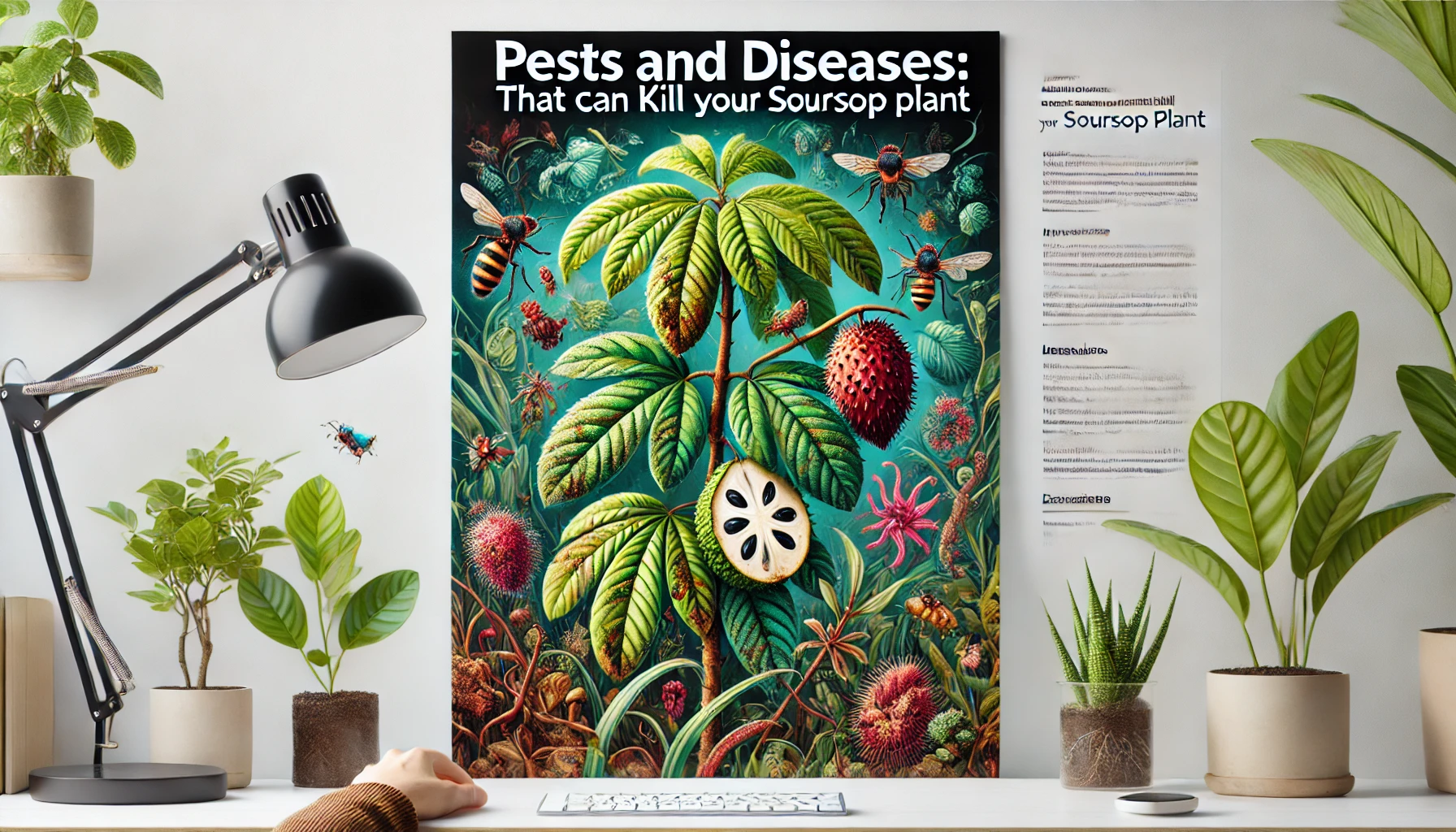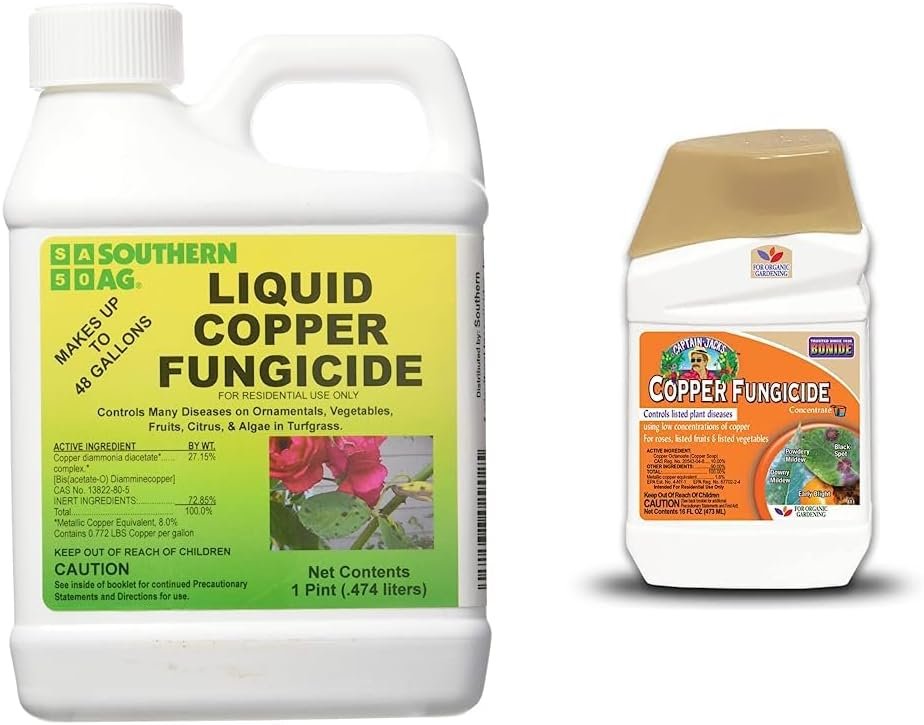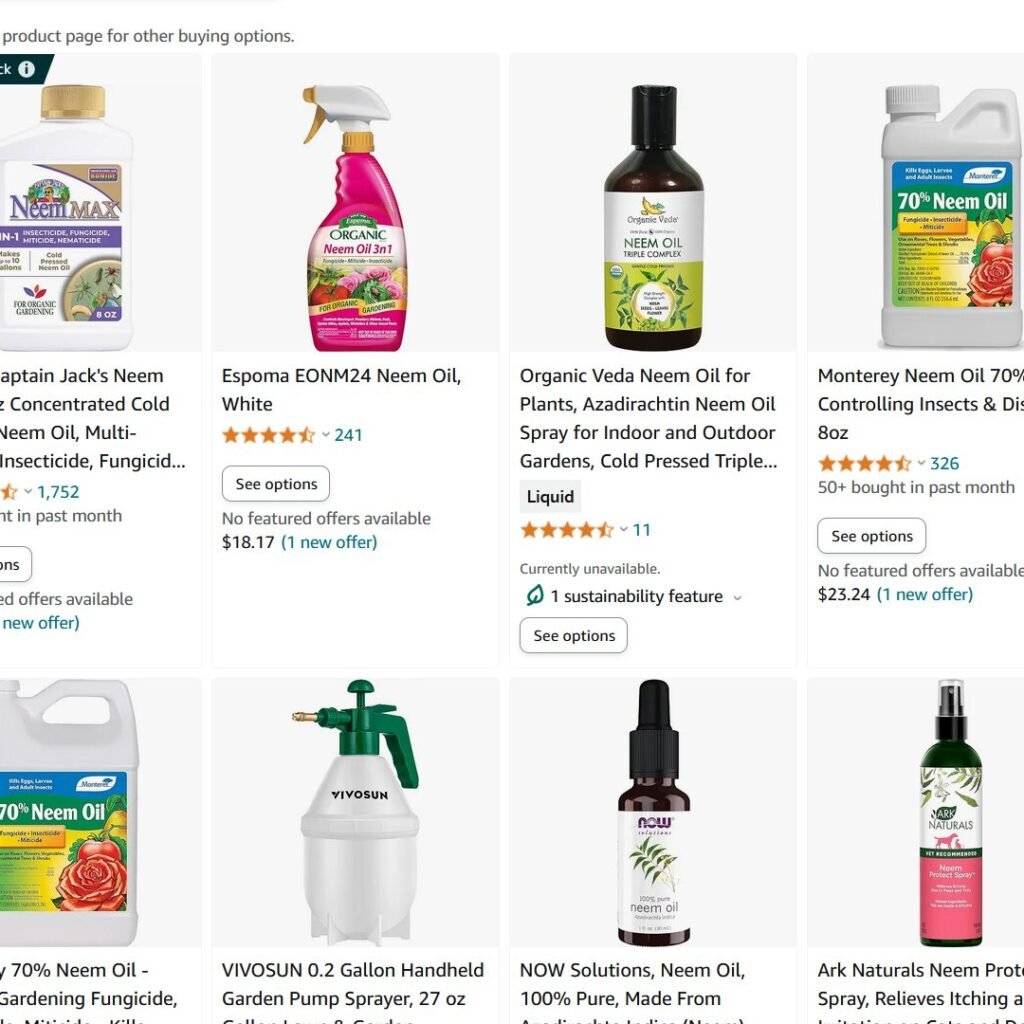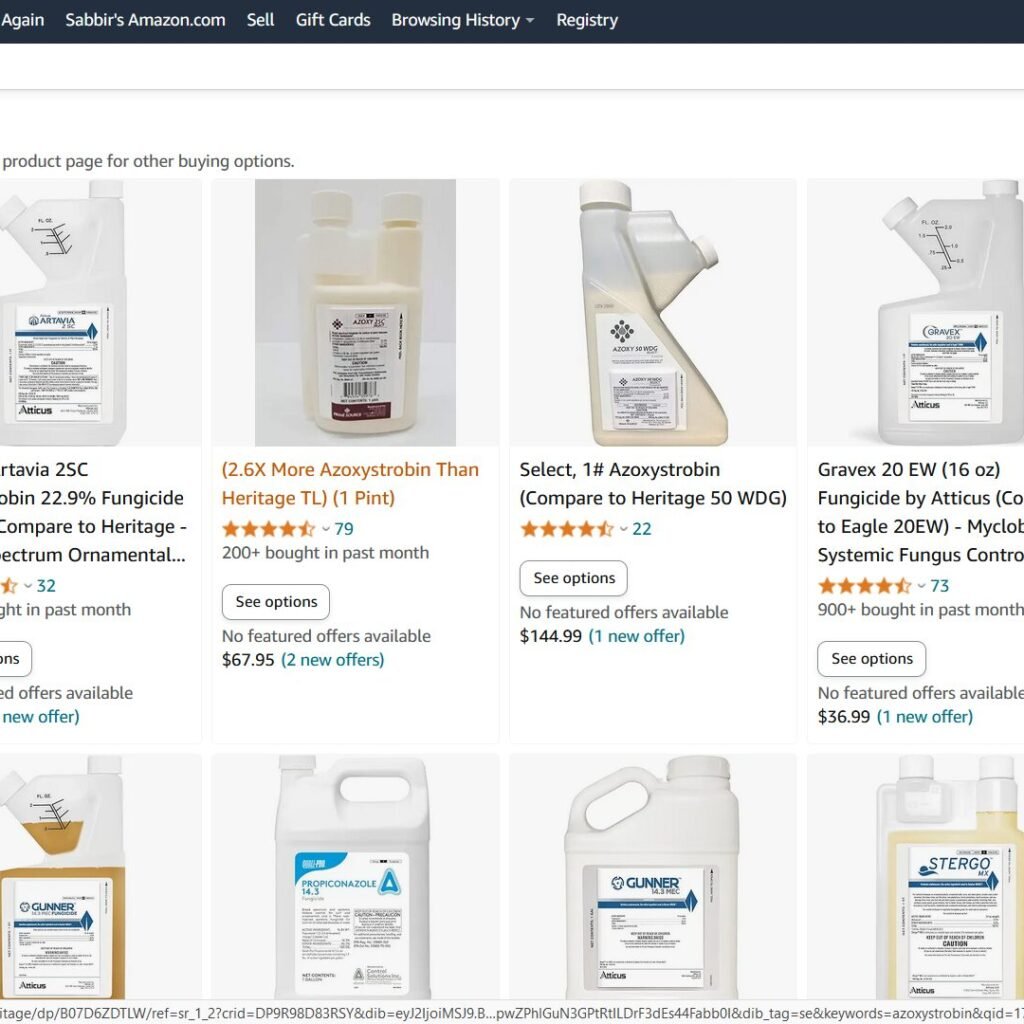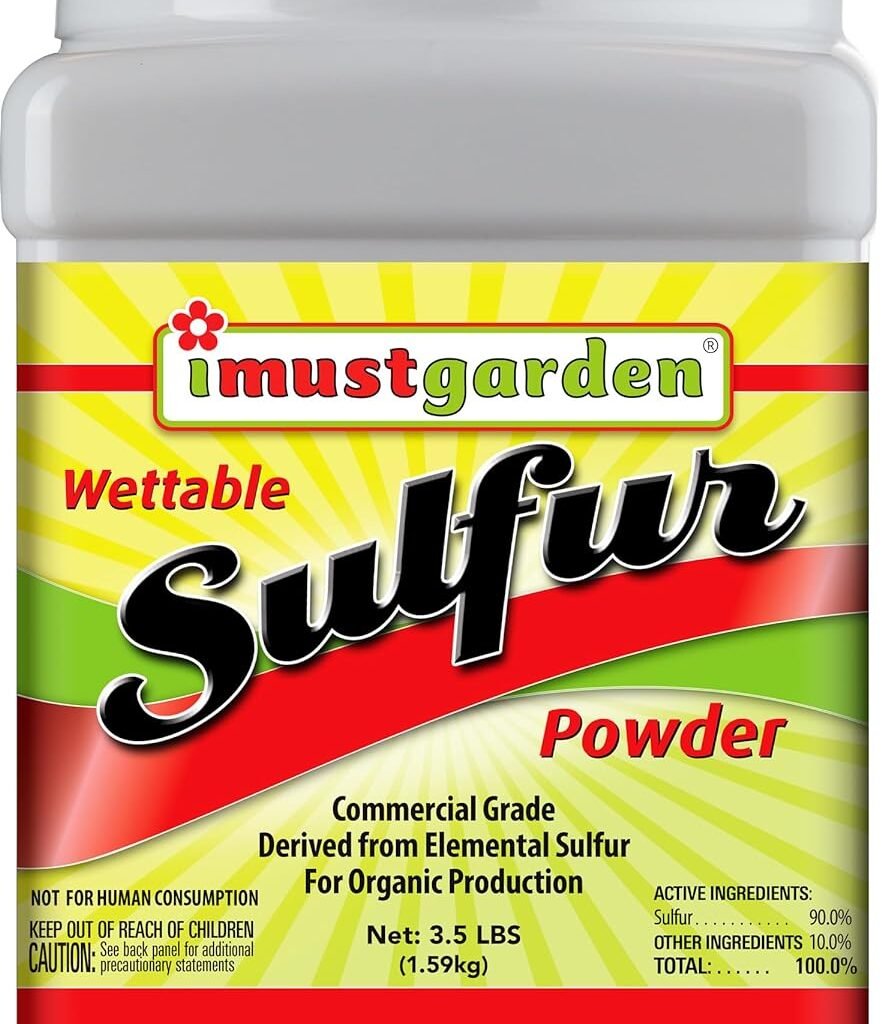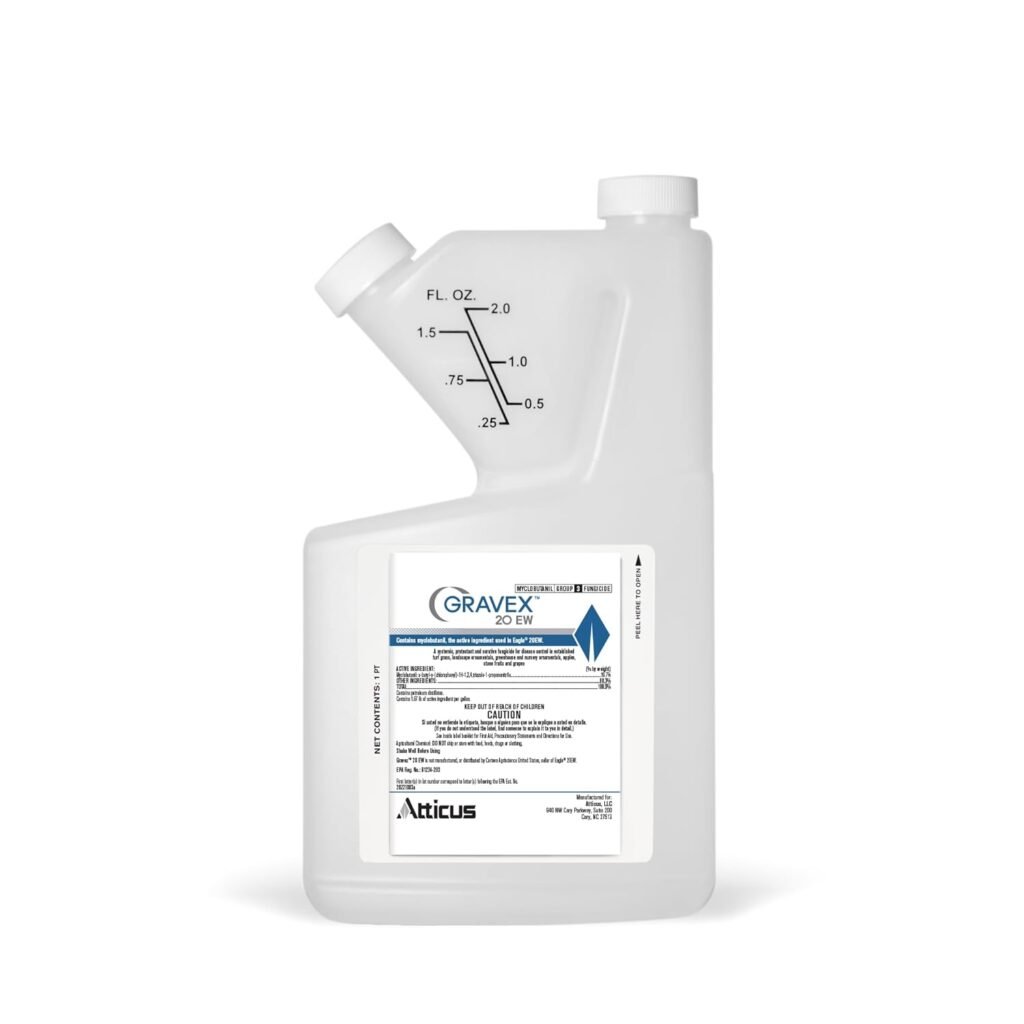Soursop, also known as graviola or guanabana, is a tropical fruit-bearing tree cherished for its delicious taste and potential health benefits. However, like any plant, soursop is susceptible to various diseases that can hinder its growth and yield. Recognizing the symptoms, understanding the causes, and implementing effective cures and prevention methods are crucial for maintaining healthy soursop plants. Here’s a comprehensive guide to common soursop plant diseases:
1. Anthracnose
Symptoms of Anthracnose:
- Dark lesions on leaves, stems, and fruits.
- Sunken spots with a dark border on affected areas.
- Premature fruit drop.
Cause of Anthracnose:
- Fungal infection, particularly favored by warm and humid conditions.
Cure for Anthracnose:
- Natural: Prune affected parts and dispose of them properly. Apply a copper-based fungicide.
- Organic: Use neem oil or a mixture of baking soda and water as a preventive spray.
- Chemical: Apply fungicides containing azoxystrobin or mancozeb following label instructions.
Prevention from Anthracnose:
- Practice good sanitation by removing and destroying infected plant parts.
- Ensure proper air circulation by spacing plants adequately.
- Avoid overhead watering to minimize moisture on leaves and fruits.
2. Powdery Mildew
Symptoms of Powdery Mildew:
- White powdery patches on leaves, stems, and fruits.
- Stunted growth and distorted leaves.
- Premature leaf drop.
Cause of Powdery Mildew:
- Fungal infection, thriving in warm and dry environments.
Cure for Powdery Mildew:
- Natural: Spray affected areas with a mixture of milk and water (1:9 ratio).
- Organic: Apply sulfur-based fungicides or potassium bicarbonate.
- Chemical: Use fungicides containing myclobutanil or trifloxystrobin as directed.
Prevention from Powdery Mildew:
- Ensure proper spacing between plants to improve air circulation.
- Avoid overhead irrigation to minimize leaf wetness.
- Regularly remove and dispose of infected plant debris.
3. Phytophthora Root Rot
Symptoms of Phytophthora Root Rot:
- Wilting and yellowing of leaves, especially in younger plants.
- Brown lesions on roots, often accompanied by a foul odor.
- Stunted growth and eventual plant death.
Cause of Phytophthora Root Rot:
- Soil-borne oomycete (water mold) Phytophthora spp., thriving in poorly drained soils and waterlogged conditions.
Cure for Phytophthora Root Rot:
- Natural: Improve soil drainage by amending with organic matter such as compost.
- Organic: Apply biocontrol agents containing beneficial fungi like Trichoderma spp.
- Chemical: Drench soil with fungicides containing metalaxyl or fosetyl-aluminum following label instructions.
Prevention from Phytophthora Root Rot:
- Plant soursop in well-draining soil and avoid overwatering.
- Practice crop rotation to reduce pathogen buildup in the soil.
- Use disease-free planting material from reputable sources.
By being vigilant about the symptoms, addressing the causes, and implementing appropriate management strategies, soursop enthusiasts can effectively combat diseases and ensure healthy plant growth and bountiful harvests.
